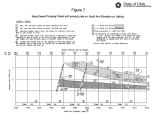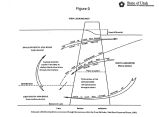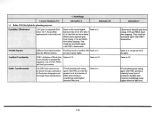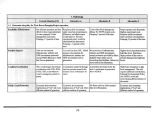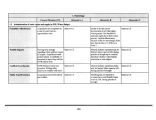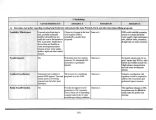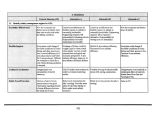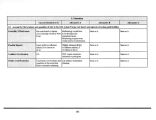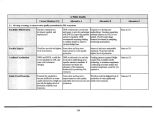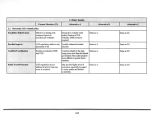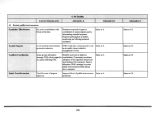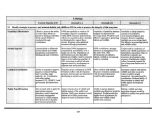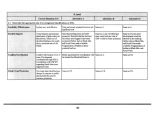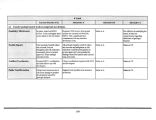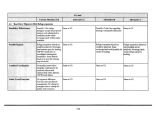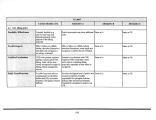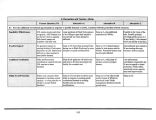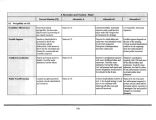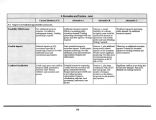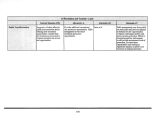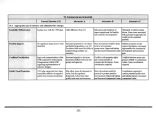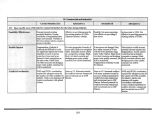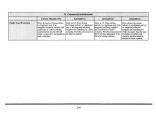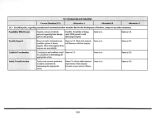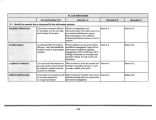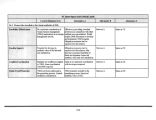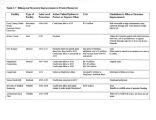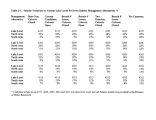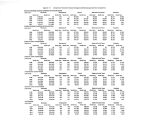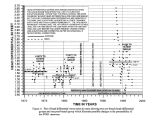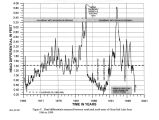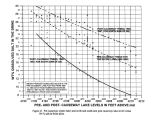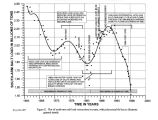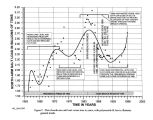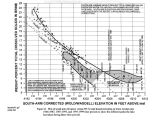| OCR Text |
Show there are too high for brine shrimp to physically tolerate and allow the existence of abundant populations. It is imperative for us to recognize major impacts on the future of the lake because of its critical importance to migratory bird populations ( irreplaceable and unmitigable). This should take priority over other values or in addressing management situations of potential conflict ( recreation, development, industry, etc.). Consideration of wildlife needs while making decisions about facilities and recreation impacts is important. Whenever possible, these impacts will be minimized. It is recognized that allowing use or developments can have impacts upon wildlife species. DWR currently closes most areas within their WMAs to protect wildlife populations at the appropriate times of the year and makes recommendations to do the same on lands not under their jurisdiction. There should be a comprehensive look at the various families of insects and effects of mosquito abatement chemicals to improve our understanding of the impacts of mosquito abatement on GSL midlife. The chemicals used by Mosquito Abatement Districts are licensed and controlled. Their impact to other non- target species and how that relates to the environment have been considered in the authorization process. There have been no problems associated with this concern noted around the lake. Should problems be discovered, considerations will be given at that time. There is a need to identify high priority restoration opportunities on the lake. Future management plans will identify priority problems and opportunities that may exist. The draft shorebird management plan should be considered when developing a plan for GSL. There should be a mechanism for including this shorebird management plan in management decisions about the lake. It is recognized that a shorebird management plan is being prepared for the lake. When the plan is finished it is the intent of DWR to use the information contained in the plan to guide management decisions and recommendations for the conservation of lake shorebirds. Collectively, the quality and abundance of GSL wildlife habitat has probably declined compared to pre- settlement conditions resulting from human impacts and encroachment on GSL. Considering alternative C is clearly inappropriate and would increase this decline. Alternative C would allow continued degradation of wildlife and habitats around the lake. Alternative B suggests the opposite, that wildlife would have primacy over other multiple uses and therefore would protect habitat. The alternative which is ultimately 305 |


















































